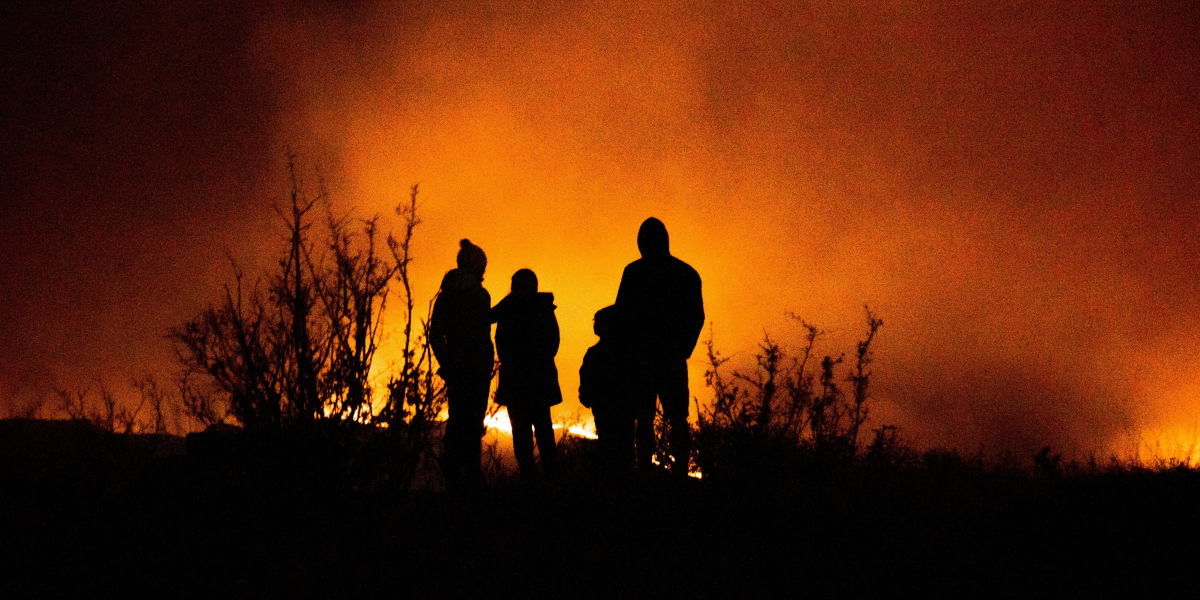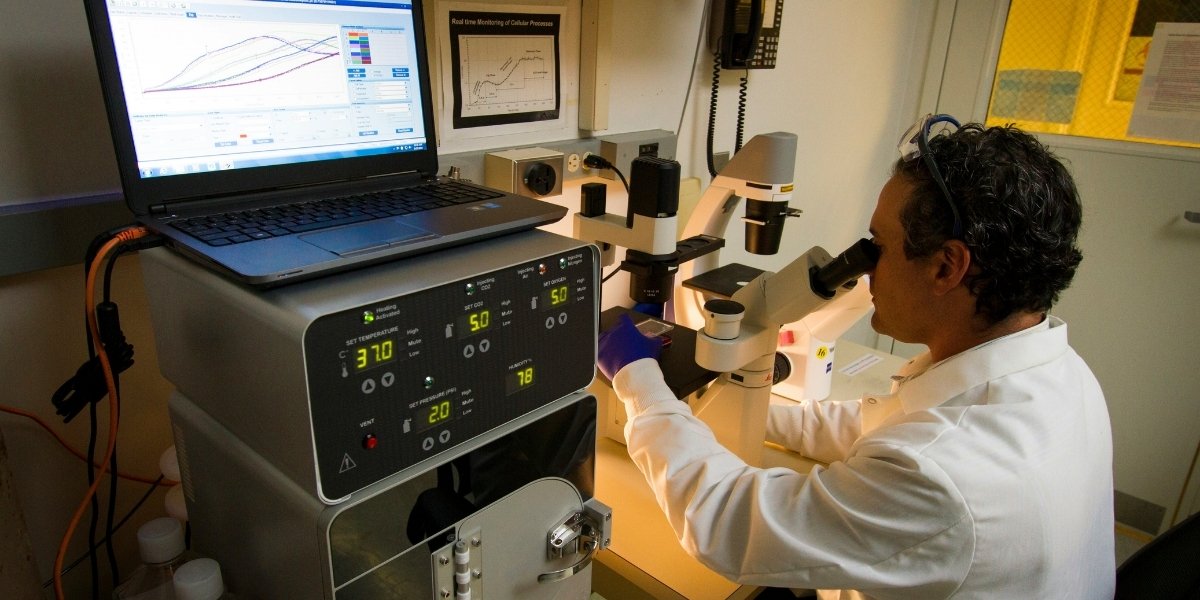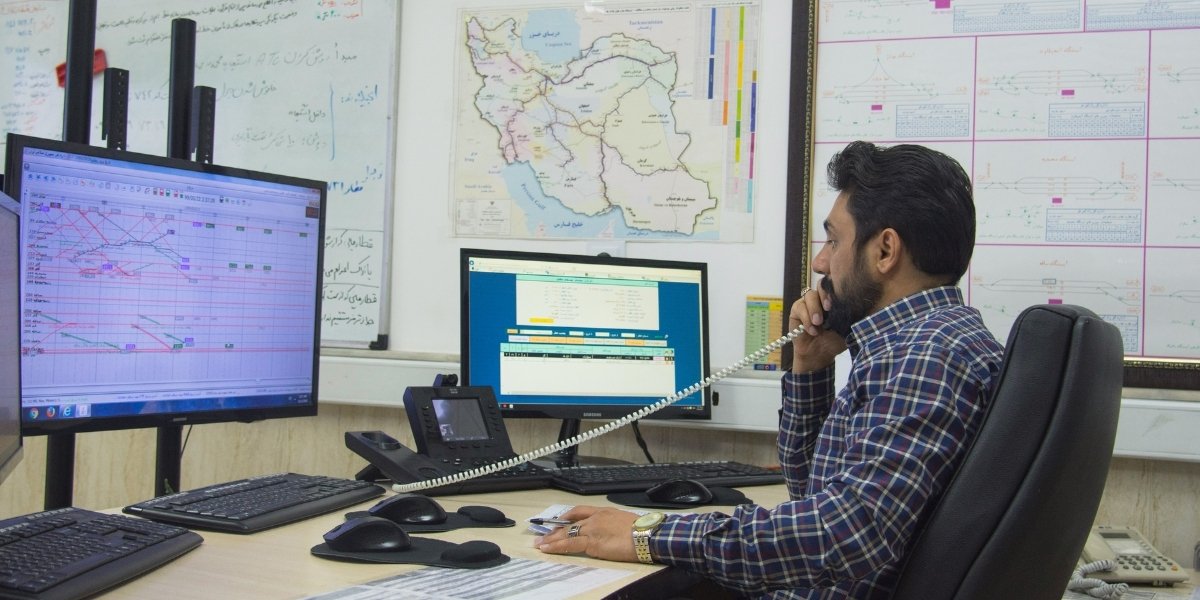Due to changing climate conditions and human activities, wildfires are becoming more frequent and intense. As these fires become harder to control, developing effective containment strategies is essential to protecting communities, ecosystems, and wildlife. Effective wildfire containment requires proactive planning, specialized techniques, and collaboration across agencies and communities.
Understanding the Challenges of Wildfire Containment
Wildfire containment is a complex and challenging process. Each wildfire behaves differently depending on environmental factors like temperature, humidity, wind speed, and vegetation type in its path. Additionally, steep or rugged terrain can make it difficult for firefighters and equipment to reach certain areas. For these reasons, containment strategies must be tailored to each wildfire, requiring flexibility and expertise.
The Role of Climate and Environmental Conditions
Climate change has increased the likelihood of severe wildfires. Higher temperatures and prolonged droughts dry out vegetation, turning it into fire fuel. These conditions make fires ignite more easily and spread faster. The traditional wildfire season has expanded with rising global temperatures, often leaving firefighting resources stretched thin. As a result, effective containment must include strategies for adapting to a more prolonged and more intense wildfire season.
Proactive Measures to Prevent Wildfires
Preventing wildfires is the first and most effective containment strategy. Proactive measures focus on reducing fire risks in high-risk areas, such as forests and dry grasslands. By implementing certain preventive actions, authorities can lower the likelihood of fires starting, ultimately reducing the need for emergency containment efforts.
Controlled Burns
Controlled burns, or prescribed fires, are among the most widely used preventive strategies. In this technique, fire management teams set intentional, low-intensity fires under controlled conditions. This process removes accumulated vegetation, such as dry leaves, brush, and fallen branches, which can fuel wildfires. Controlled burns help create natural firebreaks and reduce the chances of large, uncontrolled fires.
Creating Firebreaks and Fuel Breaks
Another proactive method is creating firebreaks and fuel breaks—gaps in vegetation that slow down or stop the spread of fire. Firebreaks are typically cleared areas where all vegetation is removed, while fuel breaks are zones where only a portion is removed. These gaps disrupt the continuity of vegetation, making it harder for fires to travel across the landscape. Firebreaks and fuel breaks are commonly used near residential areas, roads, and critical infrastructure to protect these sites from advancing flames.
Enforcing Fire-Safe Regulations
In many areas, governments implement fire-safe regulations to reduce fire risks in communities near fire-prone areas. Regulations may include mandates for fire-resistant building materials, landscaping requirements that limit flammable plants, and guidelines for maintaining defensible space around properties. Enforcing these regulations ensures that residents and businesses are responsible for minimizing fire risks, ultimately contributing to community safety.
Effective Containment Techniques for Active Wildfires
Once a wildfire starts, containing it quickly is essential to prevent further spread. Active containment techniques are designed to control a fire’s movement and reduce its intensity until it can be fully extinguished. Firefighting teams use various methods to establish control lines, cool down flames, and stop the fire’s progression.
Building Control Lines
Control lines are barriers created by removing vegetation along a fire’s path to prevent it from spreading. Firefighters dig trenches, remove vegetation, or use natural features like rivers and roads as control lines. Creating these lines can be labor-intensive, especially in remote areas. However, control lines are highly effective in managing fire spread when established properly and maintained throughout the firefighting efforts.
Aerial Water and Retardant Drops
When fires occur in difficult-to-reach locations, aerial resources become invaluable. Helicopters and airplanes drop water or fire retardant on active flames, cooling and slowing their progress. Fire retardants are especially helpful as they create a chemical barrier that slows down the fire’s movement, buying time for ground crews to establish containment lines. While not a complete solution, aerial drops are an effective tool in areas with limited or dangerous ground access.
Using Backfiring Techniques
Backfiring is a tactical technique where firefighters intentionally set smaller fires ahead of the main wildfire to remove its fuel source. By burning vegetation in the path of an approaching wildfire, backfires create a firebreak, limiting the wildfire’s ability to advance. This method requires precision and experience, as it involves setting fires that must be carefully monitored to avoid adding to the problem. When done correctly, backfiring is a highly effective containment tool.
The Importance of Interagency Collaboration
Wildfire containment often requires coordination among multiple agencies and stakeholders, including federal, state, and local governments and environmental organizations. Effective collaboration is essential for efficient resource allocation, communication, and strategic planning. Unified responses ensure quicker containment and improve safety for firefighters and residents in affected areas.
Coordinating Resources Across Agencies
Wildfires can stretch resources thin, especially during peak season. By pooling resources, such as personnel, equipment, and funding, agencies can respond more effectively to active fires. Resource-sharing agreements allow agencies to deploy firefighters and equipment where they’re needed most, even if the resources come from outside the affected area. This coordination enables faster containment and reduces the overall impact of fires on communities.
Engaging Local Communities
Community involvement is another crucial component of wildfire containment efforts. Local residents can assist by following fire-safety guidelines, reporting fire hazards, and preparing their properties to minimize risks. Some communities establish volunteer programs to help educate residents about fire prevention, evacuation plans, and emergency preparedness. When residents are informed and engaged, they can act quickly during fire events, helping firefighters focus on containment.
Strengthening Wildfire Containment for Safer Communities
As wildfires become a recurring challenge, effective containment strategies are essential to protect lives, property, and natural resources. Proactive measures, active containment techniques, interagency collaboration, and post-fire recovery work together to create a comprehensive approach to wildfire management.
Published by: Khy Talara















